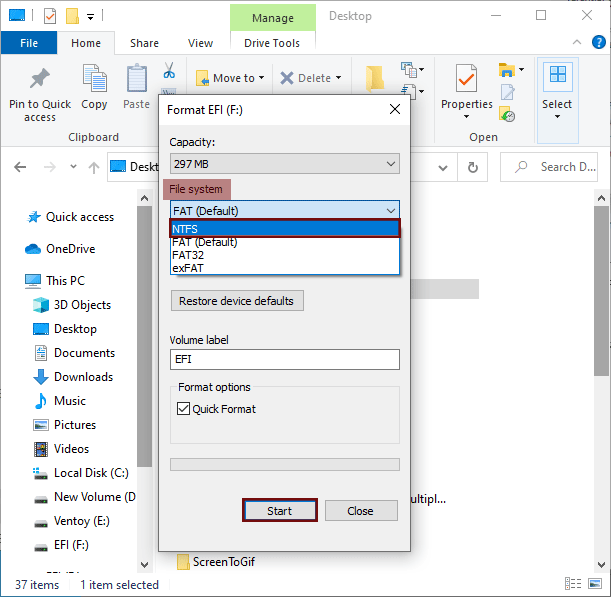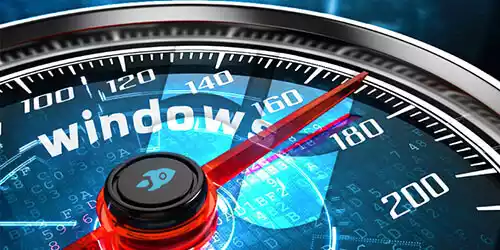5 Ways to Increase USB 3.0/3.1/3.2 Flash Drive Transfer Speed
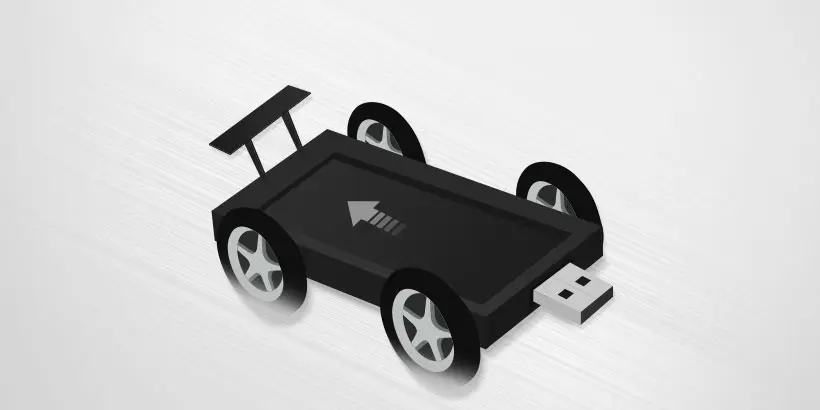
When we want to save files into our disk or read files from external device, we may find out that it's abnormally slow. Today, we are going to talk about what cause this, and how to make it right.
Why is USB 3.x flash device transfer speed so low?
USB 3.0/3.1/3.2, also called Super Speed USB or Super Speed USB+, offers a standard port for all kinds of devices connected to PC or audio/high-frequency devices. Theoretically, writing speed of USB 3.0 flash device could be up to 50MB/s and that of USB 3.1 flash drive could achieve 100MB/s.
However, the actual transfer speed, like reading, copying, writing speed, of USB 3.x flash device is due to various reasons. For example, if you want to transfer data from computer to flash device, the reasons could be:
USB disk's physical read-write speed is already unbearably slow;
The data port is not SS port;
USB 3.x flash device driver does not work normally;
USB 3.x disk performance setting is not at its best;
USB 3.x disk isn't under its optimal file system.
How to boost the transfer speed of USB 3.0/3.1/3.2 flash device?
There are five ways to boost the performance of USB3.x flash device aims at the five problems above.
1. Go find another more advanced USB 3.x flash device;
2. Look for the right data port with signs;
3. Uninstall and reload the USB device driver;
4. Choose better performance for USB disk;
5. Format USB flash drive to New Technology File System (NTFS).
1. Go find another new USB 3.x disk
If the reason is about flash device itself, you may need to replace it with an advanced one.
2. Look for the right SS port.
International standard applies blue to USB3.0 port, which is not mandatory. Take a hint: there will be a sign besides USB3.0 port: "SS" (SuperSpeed) or "USB3.0". Utilize these evident signs to check if you plug the flash device into right port.
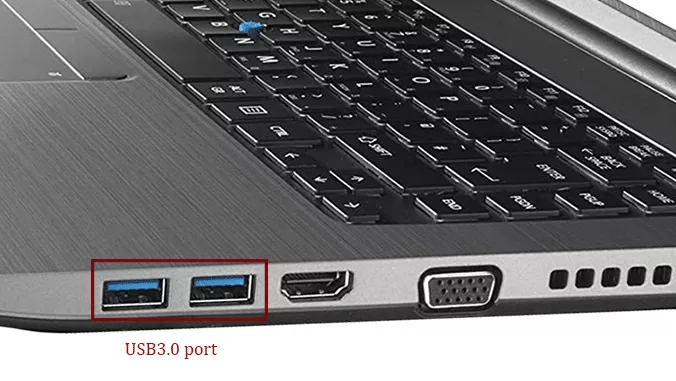
3. Uninstall and reload USB device driver.
If USB 3.x device driver functions abnormally, you'll have to uninstall and reload it.
Step 1: Open Computer Manager
Find "This PC" in Desktop, right-click it and choose Manage.
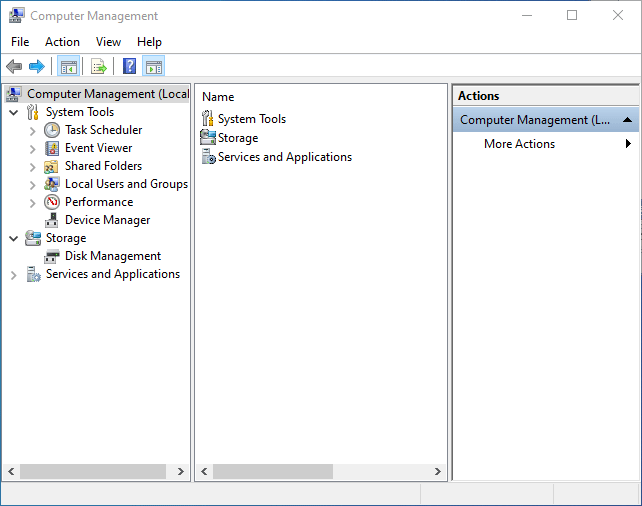
Step 2: Uninstall device
Find Device Manager in Computer Management.
Here, I take Intel (R) USB 3.1 extensible Host Controller - 1.10 (Microsoft) as example.
Select Uninstall device from the down-list of Intel (R) USB 3.1 extensible Host Controller - 1.10 (Microsoft).

Click OK in the ensure window.
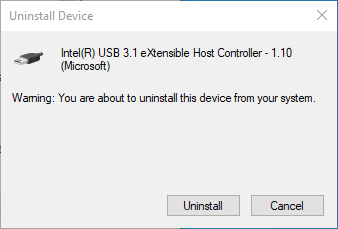
Step 3: Reinstall USB driver.
This step is super easy - all you need to do is to reboot your computer and it will automatically start setting up device driver.
4. Choose better performance for USB disk
Step 1: Open Computer Manager - Disk Manager, right-click USB disk and choose Properties.
Step 2: In the Policies tab, choose Better Performance, and then select Enable write caching on the device.
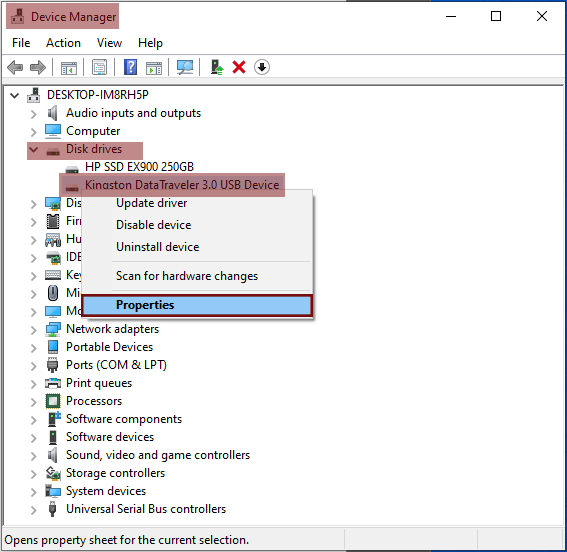
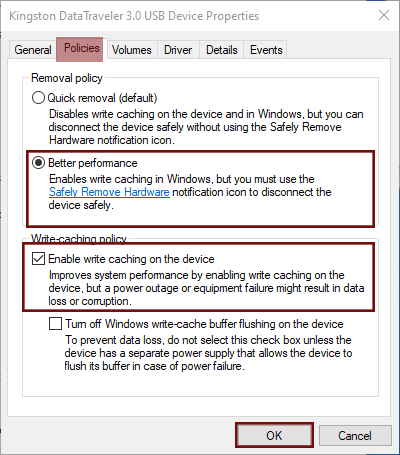
Step 3: Open Control Panel - All Control Panel Items - Programs and Features.
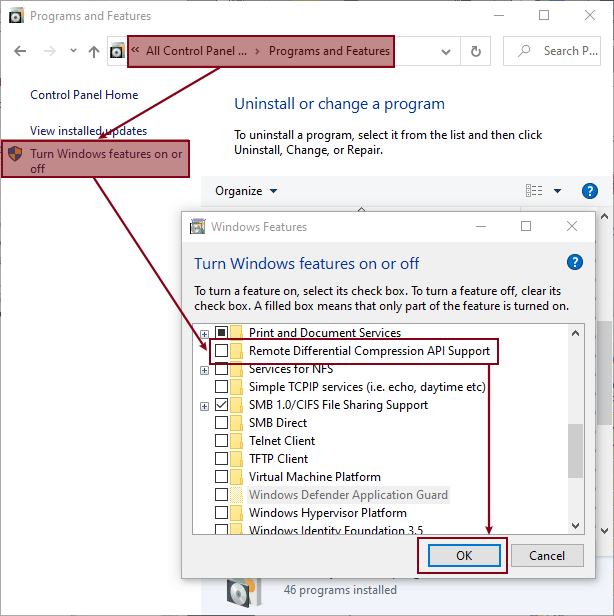
5. Format USB flash drive to New Technology File System (NTFS).
To optimize writing speed of USB disk, format the USB disk to NTFS.
Note that before formatting, make sure files saved in USB flash drive has been backed up.
Right-click the USB disk that you want to format, and choose Format.
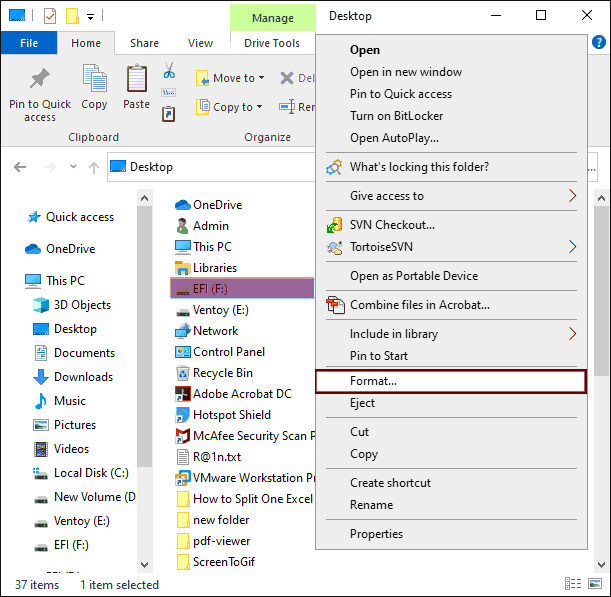
Change the file system to NTFS.
